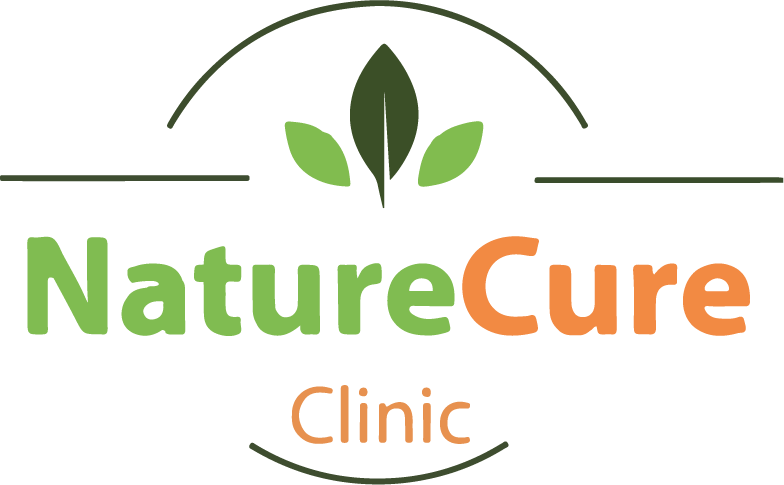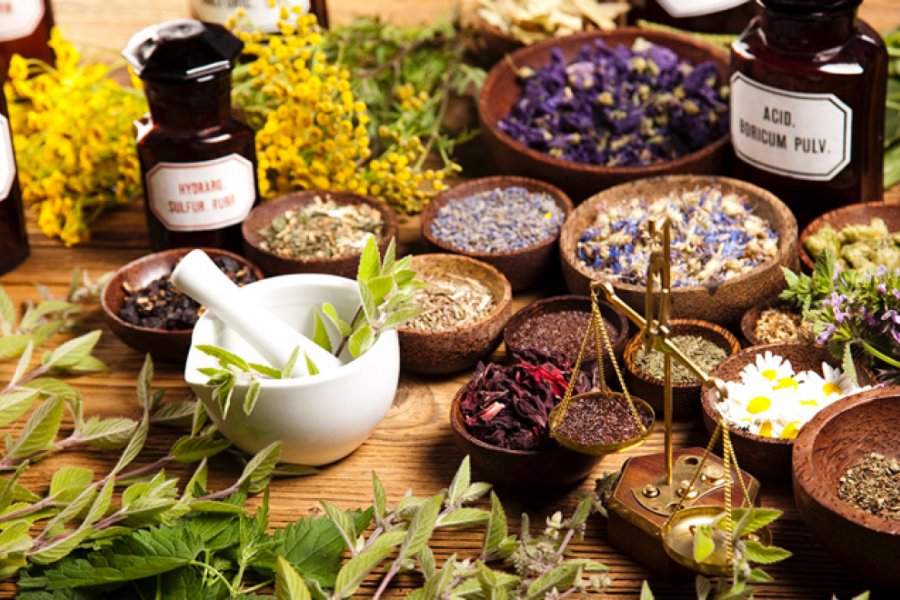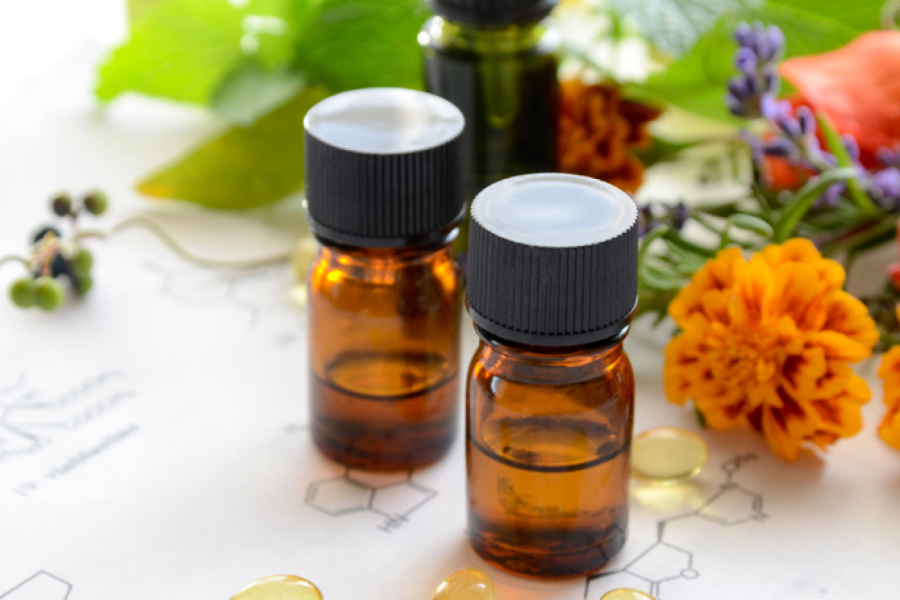
In an age when physicians prescribed mercury and summoned leeches to suck illness from the blood — an age heavy with despair and crude interventions — a singular voice rose in gentle defiance. Born in 1755, in the heart of Germany, Dr. Samuel Hahnemann was not merely a physician but a philosopher of healing, a linguist, a reformer. His soul recoiled at the torment inflicted upon patients under the guise of medicine. From this revulsion, he unearthed a delicate gem buried in ancient wisdom — a healing philosophy that would come to be called Homeopathy.
Through his translations of classical Greek texts, Hahnemann encountered the sacred maxim long echoed by Hippocrates: “Similia similibus curentur” — “like cures like.” From this principle, he nurtured a system that sought to stimulate the body’s innate healing power rather than suppress its symptoms. Homeopathy was born not from invention, but from revelation — the remembrance of an old truth in a world that had forgotten.
Hahnemann’s remedies, crafted through potentization — a process of dilution and succussion — were not mere substances, but energetic imprints designed to harmonize with the vital force of the individual. From the realm of plants, minerals, and even animals, these medicines spoke the subtle language of the body. Accessible, gentle, and curative, they promised a new covenant between physician and patient — one based not on dominance, but restoration.
As Homeopathy began to take root, another figure emerged across the chasm of time. Born in 1822, Louis Pasteur, a chemist by training, stepped onto the scientific stage. Pasteur viewed disease not as a symphony of internal imbalance, but as a siege by invisible invaders — germs. From this belief came the Germ Theory of Disease, a radical departure from the inner-world vision of Hahnemann.
Pasteur’s innovations — vaccination, sterilization, and pasteurization — shaped the pillars of conventional medicine. He focused on the microbe, urging humanity to wage war against it. From this war emerged antibiotics, pasteurization of milk, and aggressive interventions. While these tools have indeed saved lives sometimes, their legacy has not been untroubled. Chronic illnesses, microbial resistance, and ecological consequences began to surface, casting long shadows.
The philosophical rift between Hahnemann and Pasteur was profound; Hahnemann believed that the terrain — the internal vitality and immune integrity — was sacred and had to be empowered and supported. On the other hand, Pasteur insisted that the pathogen was the enemy and must be destroyed.
Their clash was not just scientific; it was metaphysical — a question of how we see the body, illness, and nature itself.
History favoured the latter. Pasteur’s theories aligned with industrial power, pharmaceutical profits, and institutional ambition. His model became canonized in universities, hospitals, and health policies. Meanwhile, Hahnemann’s delicate art was ridiculed, marginalized, and dismissed — not for its ineffectiveness, but because it threatened a paradigm grounded in external control rather than inner coherence.
Yet, what is true does not perish.
Homeopathy endured — nurtured by devoted practitioners, buoyed by patients who witnessed its healing touch, and kept alive by the growing discontent with reductionist medicine. Today, after 130 years since Pasteur’s death, the world finds itself amid a silent reckoning. Autoimmune diseases, drug resistance, and chronic disorders have surged — not in spite of the biomedical model, but often because of its limitations.
A new generation searches for medicine that sees the whole — body, mind, and terrain.
The pendulum may once again swing toward the quiet wisdom of Hahnemann. Not to negate the advancements of microbiology, but to remember what was lost in the rush toward external conquest: the patient as a whole, the inner physician, the dance of balance.
References
- Coulter, H.L. Divided Legacy: A History of the Schism in Medical Thought. North Atlantic Books, 1973.
- Porter, Roy. The Greatest Benefit to Mankind: A Medical History of Humanity. HarperCollins, 1997.
- Ullman, Dana. The Homeopathic Revolution: Why Famous People and Cultural Heroes Choose Homeopathy. North Atlantic Books, 2007.
- Latour, Bruno. The Pasteurization of France. Harvard University Press, 1988.
- Danchin, Antoine. “Louis Pasteur: Between Myth and Reality.” Microbiology Today, 2002.
- Bellavite, L., & Signorini, A. The Emerging Science of Homeopathy: Complexity, Biodynamics, and Nanopharmacology. North Atlantic Books, 2002.
- Raison, C.L. et al. “The Microbiome-Gut-Brain Axis and the Immune System.” JAMA Psychiatry, 2021.



